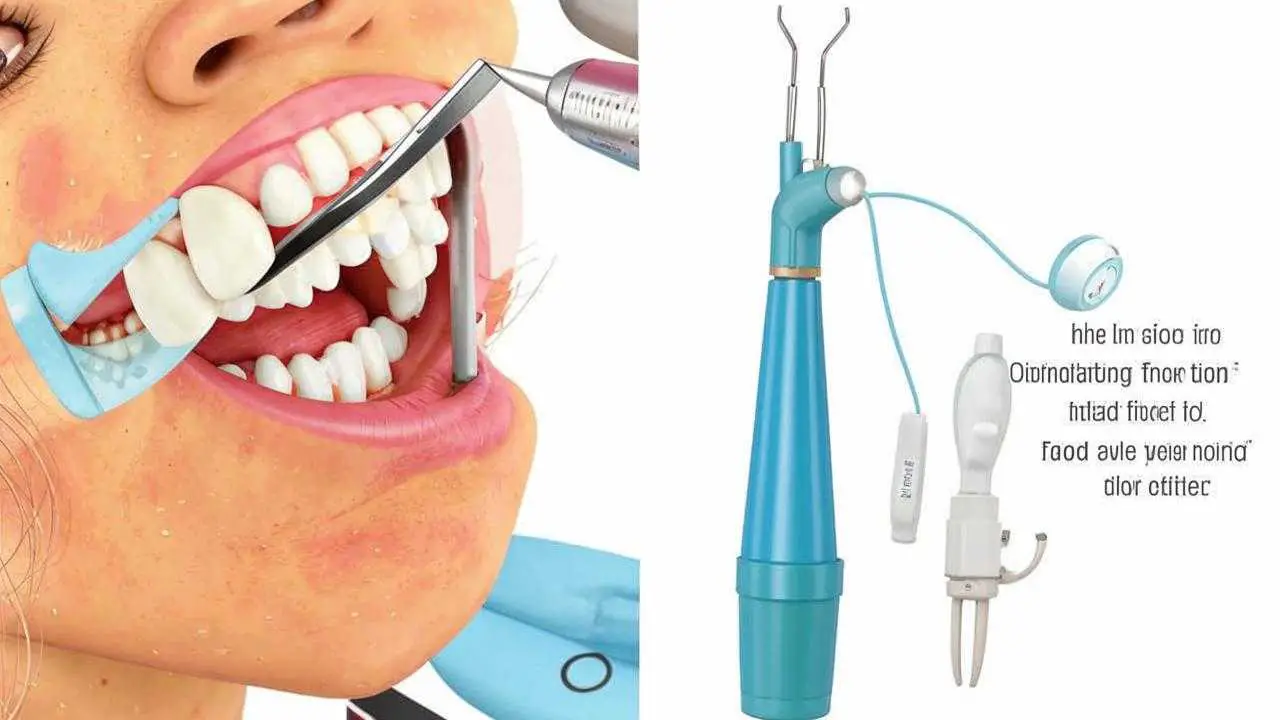وقت القراءة ~ حوالي 5 دقائق عدد القراءات: 27045
Your tooth is aching, reacting to chemical (sour, sweet) and temperature (hot, cold) stimuli. In addition, it feels as if it has grown and is obstructing the mouth. These are classic symptoms of tooth root inflammation. In dentistry, it is called periodontitis.
Causes
The disease is provoked:
Everything starts with a small carious spot. It is difficult to see it, the disease progresses, affects more and more tissues, reaches those that are located deep. The infection affects the root and periodontitis develops.
With a strong blow, periodontitis develops rapidly. If the tooth is traumatized regularly, as a result of improperly placed fillings or inadequate prosthetics, the disease does not manifest itself for a long time.
Pain in the root of the tooth can not be ignored, otherwise the inflammation will acquire a chronic character.
Phenol, formalin and other agents used in the treatment of teeth can get into the root and cause pathological changes. Periodontitis sometimes develops as a result of allergic reactions to medications.
Types of periodontitis
Inflammation of the tip of the tooth root is called apical or apical periodontitis. If the entire tissue around the root is inflamed – marginal.
All periodontitis is divided into:
- Acute. Developed by trauma, as a result of general infection (inflammation of the maxillary sinus) or infection of the oral cavity (gingivitis, pulpitis).
- Chronic. The course of the disease is wavy. Focal inflammation fades, and then flares up again. This gives false hope and patients delay visiting the doctor. There are:
- Granulomatous. The gum is swollen, reddened. When pressing on the tooth, the patient experiences unpleasant sensations. Often a fistula is formed, through which pus comes out.
- Granulomatous. A seal is formed on the root – granuloma. Pain is weak, occurs occasionally. Sometimes, the mucosa swells, but patients do not feel much concern.
- Fibrous. In the absence of symptoms and complaints, the doctor may find that the pulp is so severely damaged that the tissues die off. The diagnosis is made only on the basis of an image, which shows that the root of the tooth is inflamed.
The danger of chronic processes is that the symptoms appear when the tooth is severely destroyed. It is not always possible to save it. Therefore, it is important to regularly visit the dentist, who can notice changes that speak of pathology.
Treatment of inflammation of the root of the tooth
Any medical intervention begins with diagnosis. The dentist examines the teeth, determines the problem. It is obligatory to make an X-ray. He will help determine the localization of inflammation and how it manifests itself. With fibrous periodontitis, the periodontal gap is deformed, with fibers that fix the tooth. Imaging will show if there is a granuloma or if a cyst has formed between the roots.
Treatment comes in therapeutic and surgical forms.
The general dentist:
- cleans the canals;
- removes decayed tissue;
- removes the pulp and dead tissue;
- installs a drain to drain the pus;
- disinfects the cavity.
For some time, the canals are left open, and when the fluid is no longer released, they are filled. On such a tooth it is recommended to put a crown.
If a granuloma is formed or fibrosis develops, surgical intervention is resorted to.
Types of surgical treatment:
- Removal of the root tip (apexectomy). This operation is performed on teeth with any number of outgrowths. The root remnant is then filled.
- Resection of one process (hemisection). In multi-rooted teeth, it is possible to remove only the inflamed root, preserving the rest.
- Removal of the inflamed root (amputation), while preserving the crown part. The fibers that hold the tooth in the hole are preserved.
- Dissection of the tooth, in order to clean out the pus, followed by fusion (separation).
- Removal of the cyst (cystectomy). The surgeon makes an incision in the gum and takes out the cyst through it.
- Removal of the contents of the cyst (cystotomy). Pus from the cyst is removed, the walls are sutured.
If no measures do not help, the tooth has to be removed completely.
After treatment, the patient is prescribed rinses with antiseptic solutions, a course of antibiotics and anti-inflammatory devices.
الوقاية
Dentists recommend simple but effective measures that can keep teeth healthy for many years. Most often, the main cause of all woes, tooth decay, develops between the teeth. Food debris gets stuck there, and the toothbrush can’t reach it. Bacteria start to multiply, eating away at the enamel. The decay, reaches the pulp and periodontium and causes an inflammatory process. Therefore, it is important to regularly not only brush your teeth, but also floss. Afraid of damaging your gum? There is a good alternative – irrigator. It flushes out food debris and decay products, and at the same time massages the gums, improving blood flow in the mouth.
Tartar also provokes inflammatory processes. It must be removed by professional dental cleaning in the dental office.
The most effective preventive measure is regular visits to the dentist. They help to detect diseases at an early stage, when treatment does not require much time and money.
The main thing is not to delay a visit to the doctor, if there are unpleasant sensations when chewing, the mouth smells bad, the gum is slightly red and swollen. These may be signs that the root of the tooth is hurting, which means that treatment is required.
